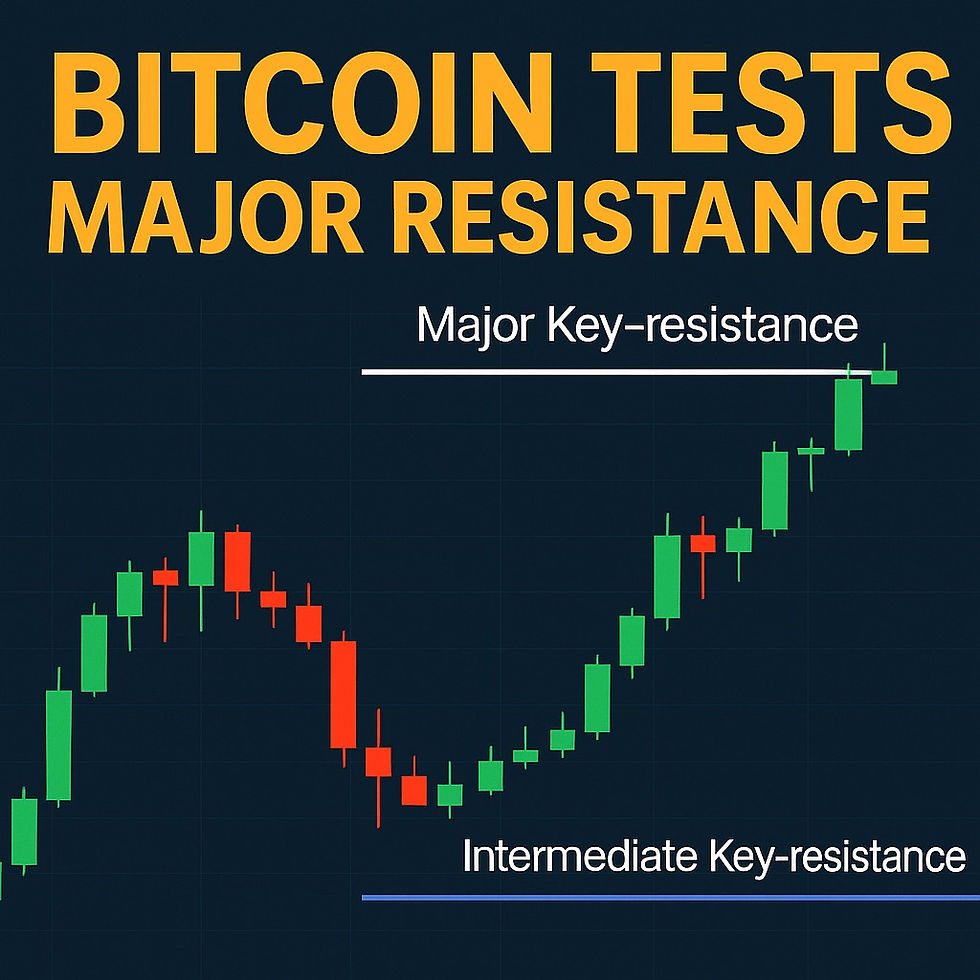Bitcoin’s Shrinking Exchange Supply Sparks Concerns
- Gator

- Jul 3
- 2 min read

Introduction
Bitcoin’s presence on cryptocurrency exchanges has dwindled to less than 15% of its total supply, raising alarms about potential supply constraints in the market. This significant reduction, driven by increased hodling and institutional accumulation, suggests a tightening availability that could impact price dynamics and trading accessibility. As Bitcoin continues to mature as an asset, this trend underscores shifting investor behavior and market structure. This article explores the causes, implications, and future outlook of Bitcoin’s shrinking exchange supply.
Why Is Bitcoin Leaving Exchanges?
The decline in Bitcoin held on exchanges stems from a surge in long-term holding strategies. Retail and institutional investors are increasingly moving their Bitcoin to cold storage or self-custody wallets, reflecting confidence in its long-term value. Data from analytics platforms shows that exchange reserves have dropped steadily over the past year, with only about 2.8 million BTC remaining on trading platforms as of early 2025. This trend is fueled by fears of exchange hacks, regulatory uncertainty, and a growing “hodl” mentality among Bitcoin enthusiasts.
Supply Squeeze: Price and Liquidity Implications
With less Bitcoin available on exchanges, the market faces a potential supply squeeze. Reduced supply can amplify price volatility, as fewer coins are available to meet demand during bullish cycles. This scarcity could drive prices higher, especially if institutional buying continues. However, lower liquidity may also deter traders, as it becomes harder to execute large orders without significant price slippage. Analysts warn that this dynamic could lead to sharper market corrections if selling pressure emerges.
Institutional and Retail Behavior Driving the Trend
Institutional investors, including hedge funds and publicly traded companies, are accumulating Bitcoin at unprecedented rates, often storing it off exchanges for security and compliance reasons. Meanwhile, retail investors are adopting self-custody solutions, spurred by education campaigns and distrust in centralized platforms. This dual force is draining exchange reserves, signaling a maturing market where Bitcoin is increasingly viewed as a store of value rather than a speculative trading asset.
What’s Next for Bitcoin’s Market Dynamics?
The shrinking exchange supply could reshape Bitcoin’s market in the coming years. If the trend continues, exchanges may struggle to facilitate large-scale trading, potentially pushing activity to decentralized platforms or over-the-counter (OTC) markets. On the regulatory front, governments may scrutinize this shift, as reduced exchange liquidity could complicate oversight. For investors, the focus may shift toward securing Bitcoin through hardware wallets or custodial services, while exchanges innovate to attract liquidity.
Conclusion: A New Era for Bitcoin’s Supply
The drop to less than 15% of Bitcoin’s supply on exchanges marks a pivotal shift in the cryptocurrency’s ecosystem. Driven by hodling and institutional adoption, this trend highlights Bitcoin’s evolution from a speculative asset to a long-term store of value. While the reduced supply could fuel price growth, it also poses challenges for liquidity and market accessibility. As the market adapts, investors and platforms must navigate this new reality, balancing opportunity with the risks of a tightening Bitcoin supply.





Comments